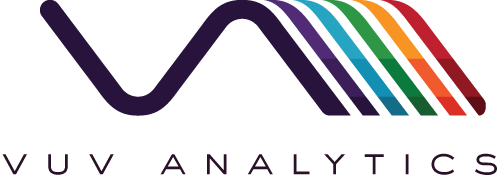Article Preview
Abstract
The vacuum ultraviolet spectrophotometer was developed recently as an alternative to existing gas chromatography detectors. This detector measures the absorption of gas-phase chemical species in the range of 120–240 nm, where all chemical compounds present unique absorption spectra. Therefore, qualitative analysis can be performed and quantification follows standard Beer–Lambert law principles. Different fields of application, such as petrochemical, food, and environmental analysis have been explored. Commonly demonstrated is the capability for facile deconvolution of co-eluting analytes. The concept of additive absorption for co-eluting analytes has also been advanced for classification and speciation of complex mixtures using a data treatment procedure termed time interval deconvolution. Furthermore, pseudo-absolute quantitation can be performed for system diagnosis, as well as potentially calibrationless quantitation. In this manuscript an overview of these features, the vacuum ultraviolet spectrophotometer instrumentation, and performance capabilities are given. A discussion of the applications of the vacuum ultraviolet detector is provided by describing and discussing the papers published thus far since 2014.
Fill out the form below to access VUV Analytic’s Knowledge Base. Stay up to date with the latest VUV blogs, publications, application notes, conference presentations, webinars, and announcements.
